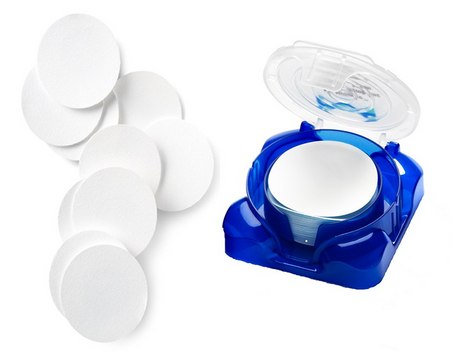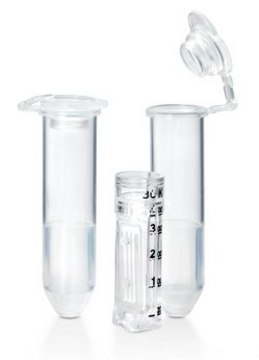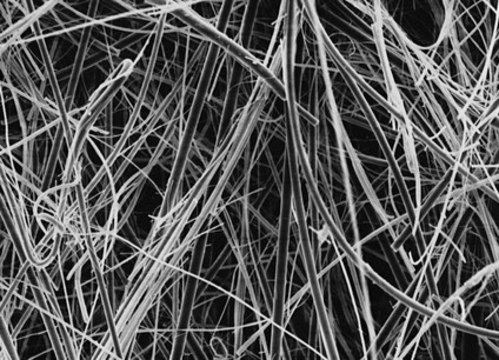APFD09050
Glass Fiber Membrane Filter, 2.7 μm Pore Size
Millipore, filter diam. 90 mm, hydrophilic
Synonym(s):
Glass Fiber Filter without binder
Sign Into View Organizational & Contract Pricing
All Photos(2)
About This Item
UNSPSC Code:
40161507
eCl@ss:
32031602
NACRES:
NB.24
Recommended Products
material
glass fiber membrane
plain filter
white filter
description
2.7 µm pore size, hydrophilic glass fiber, 90 mm diameter
sterility
non-sterile
feature
hydrophilic
manufacturer/tradename
Millipore
parameter
2.7 mL/min-cm2 water flow rate
500 °C max. temp.
filter diam.
90 mm
thickness
470 μm
gravimetric extractables
300%
pore size
2.7 μm pore size
90 % porosity
shipped in
ambient
General description
Glass Fiber Filter without binder are stable and retain structural integrity at 500 °C. It is useful in gravimetric analysis and filtration of hot gases.
Application
- Clarifying suspensions containing particulates >1.0 µm
- Microplastics analysis grade water
Features and Benefits
- Thick filter with low retention and high flow.
- Applicable for clarifying suspensions with particulates greater than 1.0 μm.
Certificates of Analysis (COA)
Search for Certificates of Analysis (COA) by entering the products Lot/Batch Number. Lot and Batch Numbers can be found on a product’s label following the words ‘Lot’ or ‘Batch’.
Already Own This Product?
Find documentation for the products that you have recently purchased in the Document Library.
Jennifer M Davidson et al.
Phytopathology, 101(4), 492-501 (2011-03-12)
The transmission ecology of Phytophthora ramorum from bay laurel (Umbellularia californica) leaves was compared between mixed-evergreen and redwood forest types throughout winter and summer disease cycles in central, coastal California. In a preliminary multisite study, we found that abscission rates
Jonas Margot et al.
The Science of the total environment, 461-462, 480-498 (2013-06-12)
Many organic micropollutants present in wastewater, such as pharmaceuticals and pesticides, are poorly removed in conventional wastewater treatment plants (WWTPs). To reduce the release of these substances into the aquatic environment, advanced wastewater treatments are necessary. In this context, two
Cheryl Hankins et al.
Marine pollution bulletin, 135, 587-593 (2018-10-12)
The impact that microplastics (<5 mm) have on scleractinian coral is largely unknown. This study investigated calcification effects, size limits, and retention times of microbeads and microfibers in two Caribbean species, Montastraea cavernosa and Orbicella faveolata, in a series of three
Our team of scientists has experience in all areas of research including Life Science, Material Science, Chemical Synthesis, Chromatography, Analytical and many others.
Contact Technical Service


